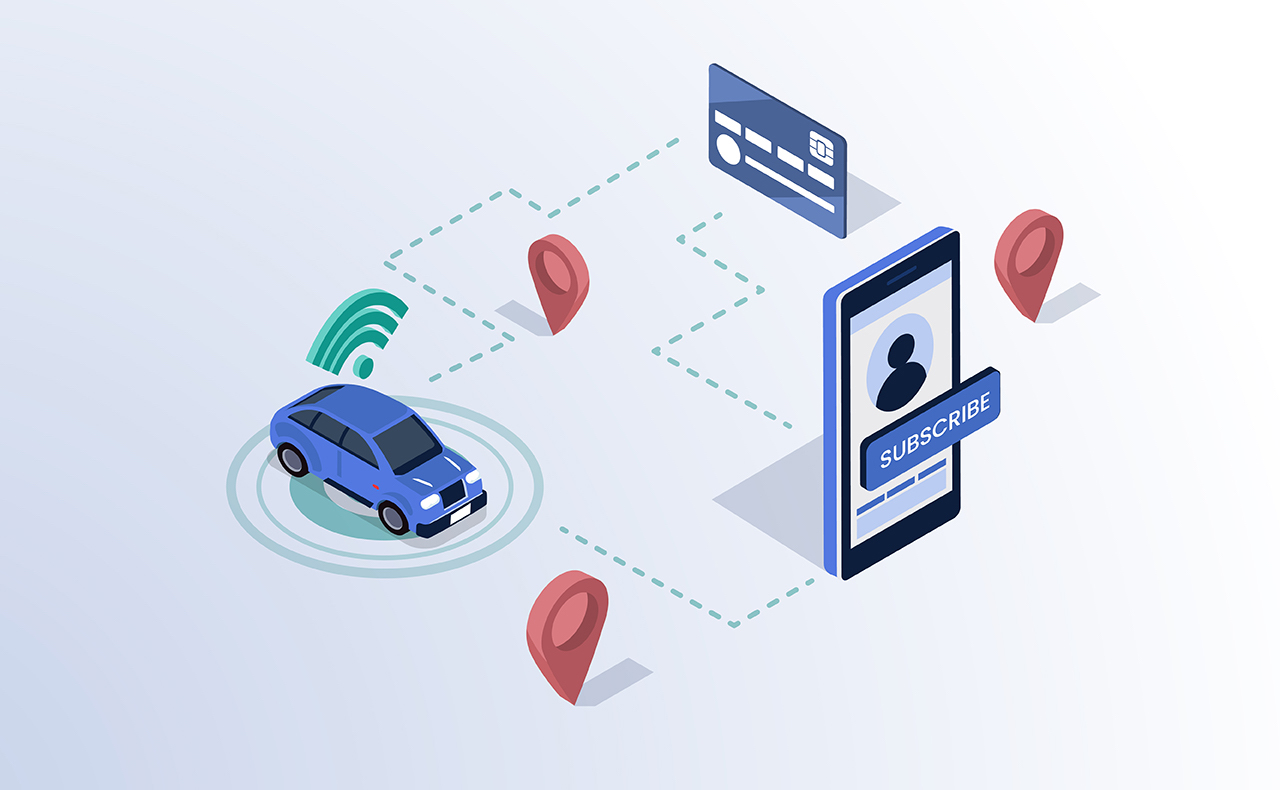
- December 2025 (2)
- November 2025 (2)
- October 2025 (3)
- September 2025 (3)
- August 2025 (3)
- July 2025 (2)
- June 2025 (3)
- May 2025 (3)
- April 2025 (3)
- March 2025 (2)
- February 2025 (1)
- December 2024 (2)
- November 2024 (1)
- August 2024 (2)
- June 2024 (3)
- May 2024 (3)
- April 2024 (1)
- March 2024 (3)
- February 2024 (2)
- January 2024 (2)
- December 2023 (1)
- November 2023 (2)
- October 2023 (2)
- September 2023 (1)
- August 2023 (1)
- July 2023 (2)
- June 2023 (3)
- May 2023 (2)
- March 2023 (4)
- January 2023 (2)
- November 2022 (2)
- September 2022 (1)
- August 2022 (2)
- July 2022 (2)
- June 2022 (1)
- May 2022 (1)
- April 2022 (3)
- March 2022 (1)
- February 2022 (3)
- January 2022 (2)
- December 2021 (1)
- November 2021 (1)
- October 2021 (2)
- September 2021 (3)
- August 2021 (1)
- July 2021 (3)
- May 2021 (2)
- April 2021 (2)
- March 2021 (2)
- February 2021 (3)
- January 2021 (3)
- December 2020 (1)
- October 2020 (1)
- August 2020 (1)
- August 2019 (1)
- January 2019 (2)
- September 2018 (5)
- June 2018 (1)
- November 2017 (1)
- September 2017 (1)
- July 2017 (1)
- May 2017 (1)
- January 2017 (1)
- October 2016 (2)
- August 2016 (1)
- July 2016 (1)
- June 2016 (1)
Subscribe by email
Although several different pricing models can effectively capture IoT value, one of the most popular is the subscription model since it allows businesses to monetize the value for the initial purchase and for ongoing use. Selling a subscription for an IoT product has several unique elements that you should be aware of as an OEM. Here’s what you need to know about selling a subscription service package for your IoT product.
What Does It Mean to Sell a Subscription With a Product?
The subscription model is a recurring revenue stream that can be billed on any interval — weekly, monthly, quarterly, annually, or some other variation. With the subscription pricing model, there may or may not be an up-front cost for the product. IoT companies sometimes position their subscription offering as “IoT-as-a-service” since buyers are familiar with Software-as-a-Service (SaaS) subscription models.
Examples of IoT Devices Bundled with a Subscription Service
If you look around, you’ll find a lot of examples of IoT products bundled with a subscription service across all industries. Subscriptions are highly popular in a variety of industries, including manufacturing, construction, farming, retail, healthcare, transportation, and more. Here are some examples of our IoT customers that use a subscription service to support their businesses.
- Hunter — Commercial irrigation systems for golf courses, venues, and business headquarters
- Cattron — Engine and pump panels and controllers for the oil and gas industry
- BrightSign — Digital signage monitoring and content delivery
- Magnadyne — Wi-Fi hotspots for RVs
- Bushnell — Wireless trail cameras
Each of these businesses works in very different industries, but the subscription billing model works effectively for all of them, and these are just a few examples.
Benefits of Using the Subscription Model for IoT Products
There are many benefits to using the subscription model with the Internet of Things, which has led to it being one of the more popular monetization approaches for IoT companies. Here are some of the most valuable benefits of a subscription monetization model.
- Predictable recurring revenue stream — The company enjoys a continuous and predictable revenue stream which is helpful for budgeting and planning. Recurring revenue provides a solid foundation for a business to invest resources in growth.
- Establishing and building customer trust — IoT businesses can use customer usage data to improve the customer experience. And with a deeper level of insight, companies can better engage existing customers with personalization, boost upselling based on customer usage and their needs, and improve satisfaction. These activities all contribute to building trust between a business and its customers.
- New product development opportunities — Device data can point out opportunities for product and service development. By analyzing the data, IoT companies can better understand exactly how customers are using the product and gain insights into how to best prioritize new features that will best meet customer needs.
- Increase market opportunity — The subscription model enables companies to offer a range of flexible payment options for those who aren’t able to afford the full cost of the product or service upfront. By working the cost of the product into the price of the subscription, companies can make their products more accessible.
- Boost the lifetime value (LTV) of a client — Instead of engaging with a customer only when making the sale, IoT businesses engage with customers more regularly with a subscription model. This increased engagement leads to a deeper customer relationship which improves renewal rates and reduces subscriber churn, increasing LTV.
5 Ways to Sell a Subscription with Your Product
Monetizing your IoT product using the subscription model is beneficial for both the OEM and the customer, making it an ideal billing model. Here are a few tips that will help you when you roll out your IoT subscription.
- Sell the outcome — Instead of focusing on selling the subscription, sell the value of the product or service provided. Include customer stories or case studies to create a vision for the benefits a new customer can expect.
- Offer a trial period — If you let people kick the tires a bit, they will have more confidence in the product as they will have the opportunity to see the demonstrated value. This is easy to administer as IoT billing systems should enable you to quickly and easily turn on and off service.
- Provide a freemium option — If you find customers are having difficulty envisioning value of your product offering, consider providing a free basic offering that allows them to experience a few benefits that will entice them to upgrade to a paid subscription.
- Require a subscription — Many technology products require a subscription to use. The Verizon Jetpack MiFi is a great example of this and is being offered in vehicles like Lexus. It’s a global-ready hotspot that can connect up to 15 different devices with the best networking capabilities available. But to use the device, you must subscribe.
A Billing Platform Built for Subscriptions Will Help
To effectively use a subscription model for your IoT product, you’ll need a flexible billing platform designed to facilitate it. Using a platform specifically designed for OEMs removes the burden of trying to modify a traditional billing system to suit the needs unique to IoT. For example, your platform will ideally also support tax management, PCI compliance, and subscriber platform security, and will easily integrate with the other business software you use.
Reach out to us to learn more about Zipit’s IoT billing platform and how we may be able to help you solve your own billing and subscription challenges.
You might also like:
Related Content
The latest IoT insights and platform updates from Zipit.
The Internet of Things (IoT) is transforming how businesses operate, compete, and ...
Whether you're managing thousands of IoT devices, providing cloud-based APIs, or d...
Consumer IoT embeds smart connectivity and automation into familiar products. From...



